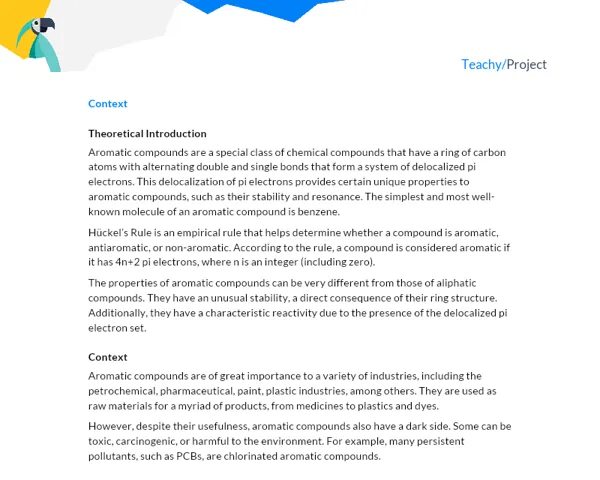Context
Nuclear reaction is a fundamental concept in chemistry and physics. This process occurs in the nucleus of atoms, where small subatomic particles collide with each other, resulting in a change in the atom's identity. We see these reactions happening over time, in nature, in stars, and even within our own bodies.
A key concept in nuclear reaction is half-life, meaning the time required for half of the nuclei in a sample to decay. For example, if a sample has a half-life of one hour, after that hour, half of the nuclei will have decayed. Half-life is a measure of how quickly a nuclear reaction occurs.
Understanding nuclear reaction and half-life is crucial to comprehend processes such as radiocarbon dating, how nuclear power plants generate energy, and how nuclear medicine detects and treats diseases. Nuclear reaction gives us a deep insight into the nature of matter and energy, and allows us to manipulate them for a variety of practical purposes.
Each atom has its own half-life which can range from a few seconds to millions of years. An atom's half-life is an inherent property determined by the fundamental forces of nature acting on the nucleus.
Below are the materials you can use to familiarize yourself with nuclear reaction and half-life:
- Book: Chemistry: The Central Science - Brown, LeMay, Bursten, Murphy. Publisher: Pearson.
- Website: Brasil Escola - "What is half-life in Chemistry?". Available at: Brasil Escola - Half-Life in Chemistry
- Website: Manual do Mundo - "Radioactive decay and half-life: experiment with M&M's | Chemistry". Available at: Manual do Mundo - Radioactive Decay and Half-Life Experiment
Practical Activity
Activity Title: "Deciphering Half-Life through the Radioactive Decay Game"
Project Objective:
Mathias, Léa, and their friends must collaboratively understand the concept of half-life and perform practical experiments to visualize and calculate half-life.
Detailed Project Description:
In this project, the group of students will conduct a playful experiment to understand the concept of half-life in a nuclear reaction. This experiment will simulate radioactive decay, a type of nuclear reaction, using a batch of coins (or beans, or any other small and countable object). With each "spin," half of the nuclei (coins) will "decay." This cycle will repeat several times, and the students will observe the half-life.
Required Materials:
- Batch of 100 coins (alternatively, you can use beans, M&M's, or any small and countable object)
- Stopwatch
- Paper and pen for notes
- Camera to record the process (optional)
Detailed Step-by-Step Guide for the Activity:
- Gather your group and explain the concept of half-life and radioactive decay.
- Distribute the batch of 100 coins among the group members.
- Start the experiment. In each "spin," each group member must toss all their coins in the air.
- After all coins have landed, each group member must remove all coins that landed face up. These coins represent the nuclei that have decayed.
- Record the time it took to complete each "spin" and the amount of remaining coins.
- Repeat steps 3 to 5 until all coins have "decayed."
- Based on your records, calculate the half-life of your coin sample.
- Discuss your results as a group.
At the end of the activity, each group must produce a report that includes:
- Introduction: based on your research, contextualize nuclear reaction and half-life. Explain the project's objective.
- Development: describe in detail the experiment conducted, the steps taken, and the methodology used. Present and discuss the results obtained.
- Conclusion: summarize the main points, detail what was learned from the activity, and draw conclusions about the study of half-life.
- Bibliography: list the sources consulted during the project.
This project should be carried out in groups of 3 to 5 students, with a total duration of two to four hours per student. It should be submitted within a week after its initiation.

